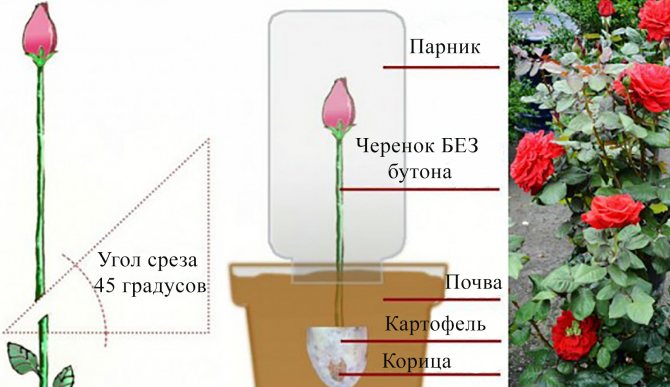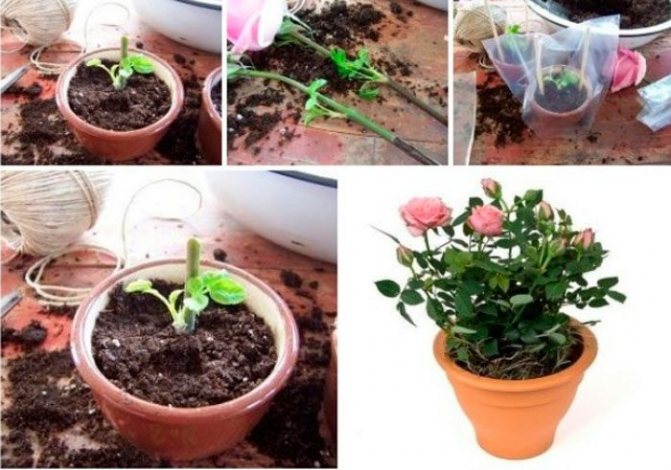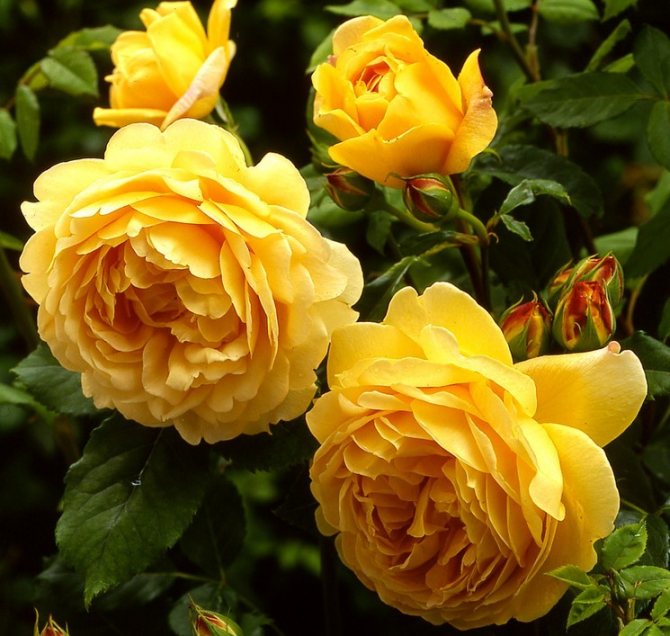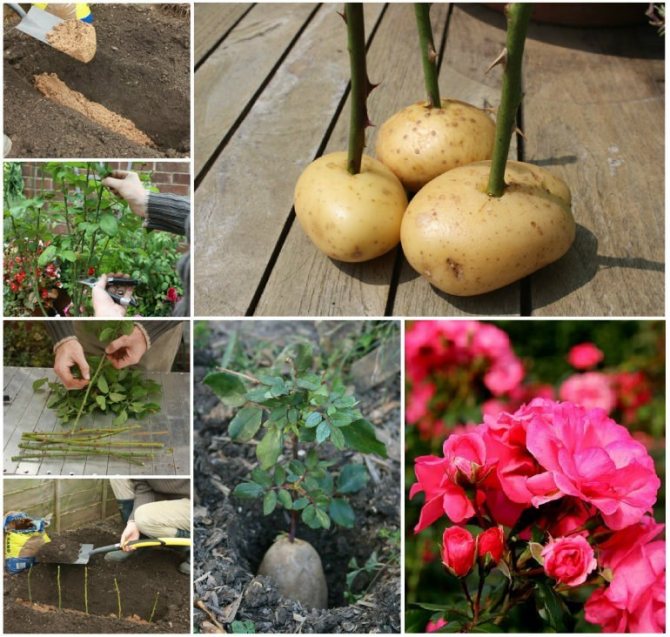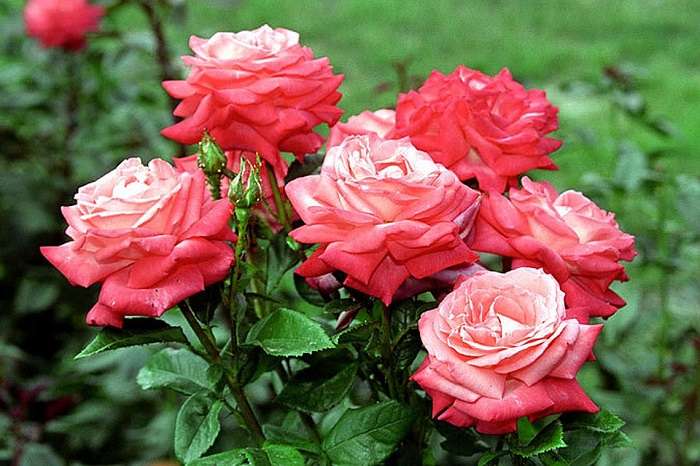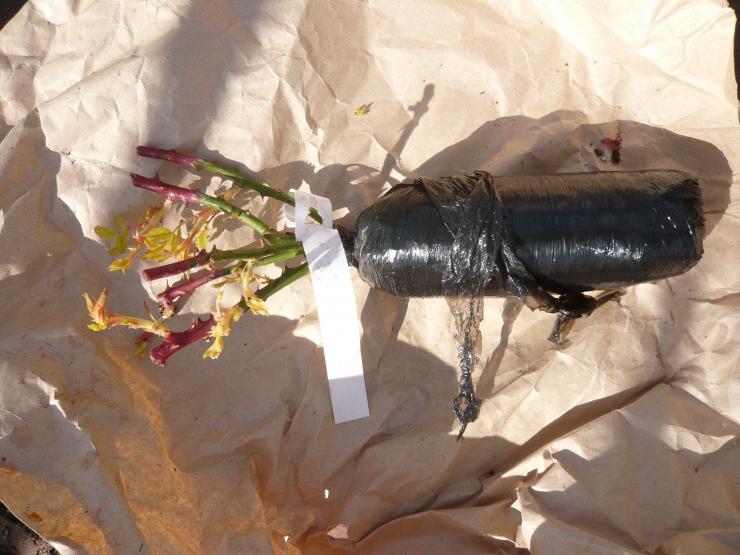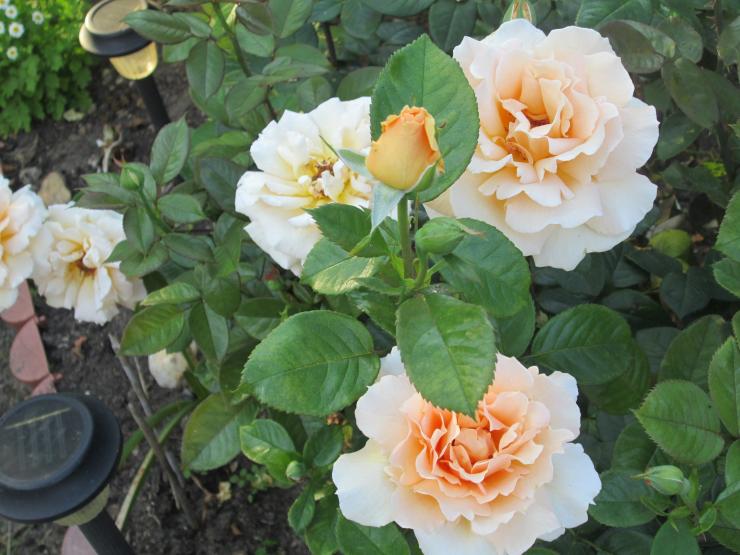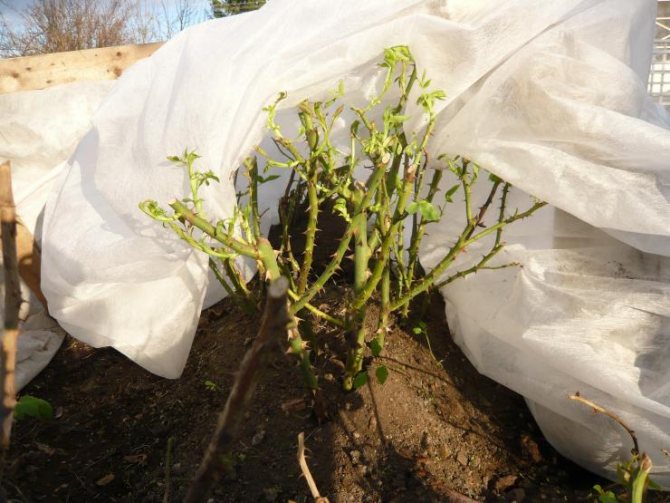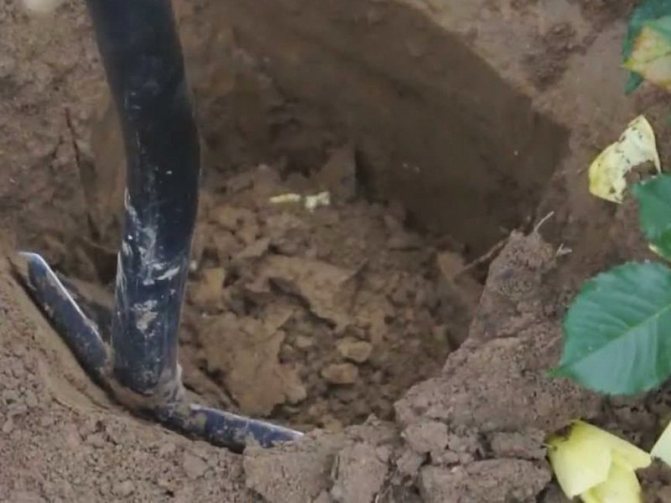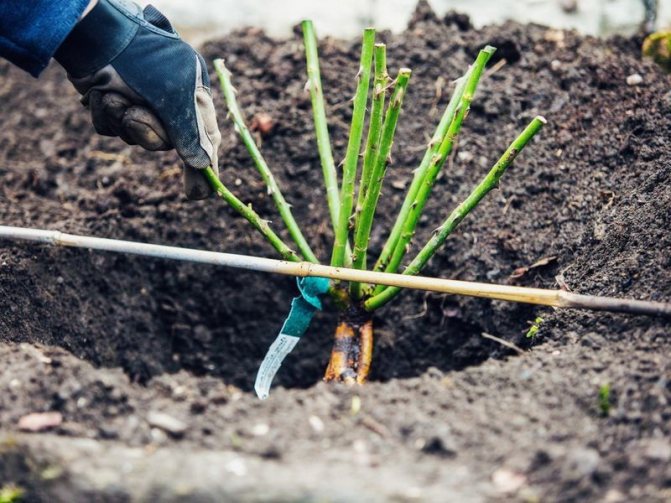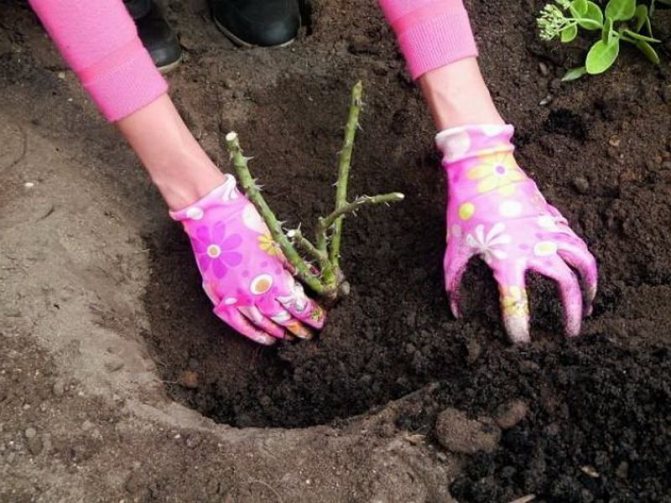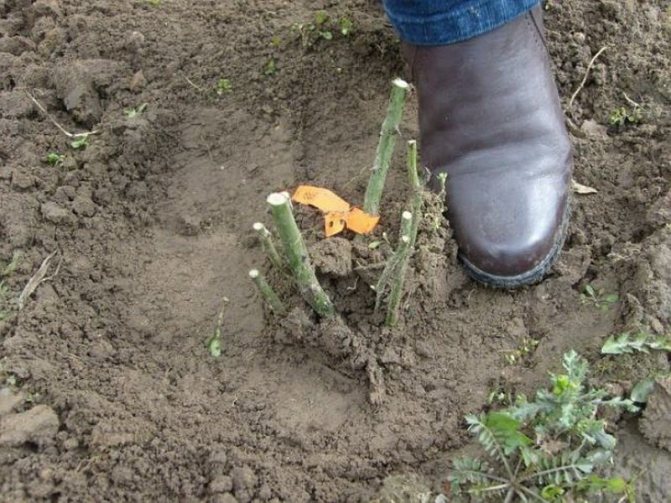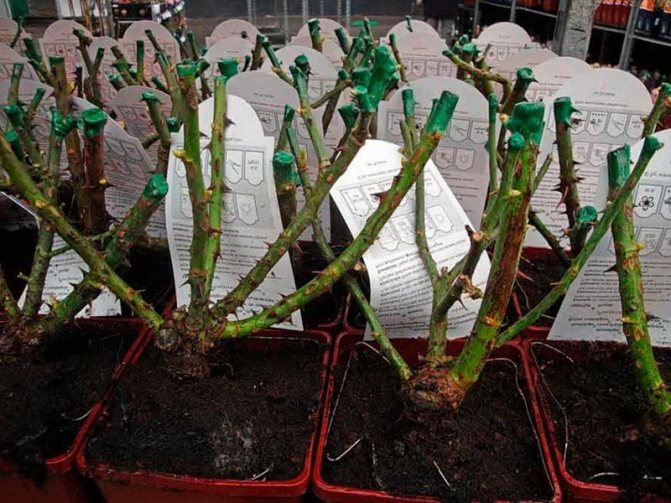When to plant roses in spring
Spring is a great time to plant roses. And all because this season the plant perfectly strengthens the immune system and acclimatizes. When is the best time to plant them? Planting in the country or garden should be carried out as soon as the soil will stably warm up to 10 or 12 degrees... But it is highly recommended to plant a seedling not with long shoots and not with blossoming buds.
Optimal planting time for roses in the middle lane (Moscow region) - second half of April, in the South (Krasnodar Territory (Kuban), North Caucasus) - end of March or beginning of March, in the Leningrad region, in Siberia, in the Urals - the beginning or even the middle of May.
You can choose the most suitable time for the procedure according to the 2020 Lunar Calendar:
- Auspicious days: in March - 12, 13, 14, 15, 16, 17, 19, 20, 27, 28, 29, 30;
- in April - 6, 7, 8, 11, 12, 13, 15, 16, 17, 24, 25, 26, 29, 30;
- in May - 6, 7, 8, 10, 11, 12, 13, 14, 15, 16, 17, 21, 22, 23, 26, 27, 28, 31.
- in March - 6, 7, 21;

To eliminate the negative effects of unexpected temperature changes and prevent weeds, as well as retain moisture in the soil, you can use a mulch or covering material.
Step-by-step instructions for planting roses in spring
The correct planting of garden roses in spring requires adherence to certain laughter and rules, but despite the seeming complexity, the procedure can be performed without any problems and hassle, the main thing is to follow the necessary recommendations.
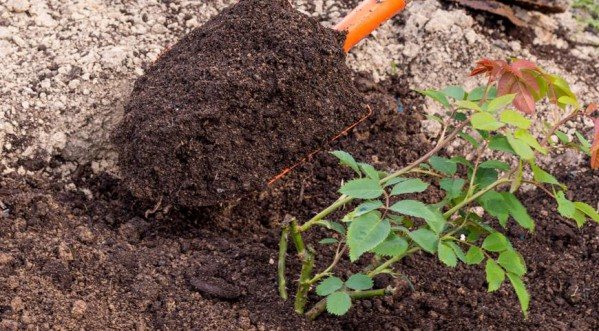

What should be a seedling
For the business to be crowned with success, it is important to choose a quality seedling. Therefore, the choice of a rose seedling for planting in open ground in spring should be approached as responsibly as possible. It is also important to care for the seedlings before the procedure.
There are general guidelines to help you choose quality planting material:
- It is best to buy material in specialized stores or buy seedlings in a nursery.
- When choosing a material for planting flowers in spring, pay attention in a store or nursery to the general condition of the seedling - it should look healthy, the seedling itself and its roots should be intact.
- If you buy seedlings of roses with an open root system, then it is necessary to choose specimens with 2-3 stems up to 25 centimeters long. The bark of the plant should have a flat and smooth surface. They should have some flexible roots (dark brown in color) and green buds (but they should be dormant).
- At the time of buying seedlings with a closed root system shoots should be carefully considered, they should not be excessively light or elongated (otherwise, adaptation to a new place after transplantation will be worse).
- At the time of buying seedlings in a package inspect the shoots - they should have a smooth surface without damage, the green color of the same shade. You should not choose purchased seedlings for planting with dark spots, any damage, white bloom. Pay attention to the base of the shoot, there should be no damage.
Video: how to choose a seedling.
Seedling preparation
Before planting in the spring, it is necessary to prepare seedlings of roses. This step is just as important as the direct procedure. Let's figure out what preparation you need to follow:
- First of all, you need to carefully remove the packaging from the seedling.
- Spread out the roots of the plant carefully and watch them carefully. If diseases and damage to the root system are detected, measures must be taken - to carry out treatment before planting the affected areas with a fungicide for roses. After processing, the dry roots should be shortened to the point where the normal, healthy white heart begins. With overgrown roots, they must be cut to thirty centimeters. Such manipulations will contribute to the formation of new and young roots.
- Then you should prune weak, broken and damaged branches. It is necessary to leave strong, thick branches on the seedling, having a length of about 35 centimeters, and cut off to 2-7 buds (depending on the type).
- After that, you need to remove the paraffin from the seedling (this substance is applied to some seedlings to protect the plants from drying out). As a rule, a toothpick from a tree is used to remove the paraffin. With its help, paraffin is carefully removed from the bark of the plant.
- At the final stage, to prepare seedlings for planting in open ground, it is necessary to soak the roots before the procedure. For proper soaking, it is necessary to dip the root system up to the neck for about 2 hours in water or a solution with a drug that stimulates root growth (for example, the drug Kornevin).
- After that, before planting, you can process the roots of the plant to exclude infections - for this, soak the roots of the seedling with a solution of Fundazole for twenty minutes (stir in proportion - half a tablespoon per liter of water) or copper sulfate.
Place for replanting
The choice of a suitable location plays an important role in the well-being of the plant. Wind protection and good illumination are important for the plant. The most optimal place for planting rose bushes in a country house or a plot of a private house is a sunny place (on the south or southeast side). But it is also important that the garden site for planting flowers is calm, quiet and sheltered from the wind.
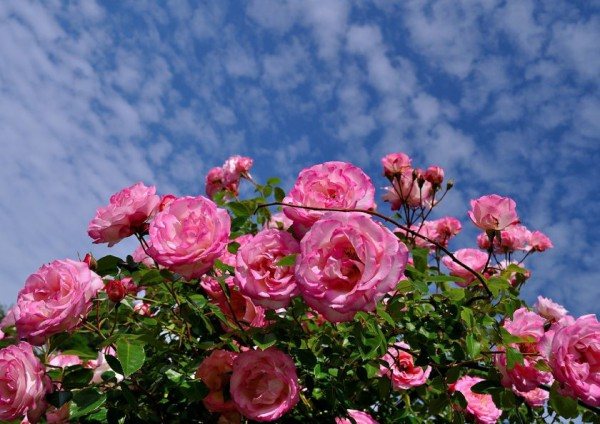

Note! Experienced flower growers do not recommend planting a plant on a site that is located in a lowland, surrounded by any buildings, trees, or next to a wall. Such a planting place is unlikely to seem comfortable to the flower, and it can also provoke disease and decay of the plant.
What soil is needed
The culture likes fertile soils with good breathability and moisture permeability. They also love slightly acidic soil (pH 5.5-6.5). In the case of a lack of air, growth slows down, the respiration of the roots worsens, and excessive moisture slows down root formation, which can lead to late flowering or even to the death of the plant.
Fine garden plants do not like heavy clay and light sandy soil.
If the soil in your garden is not suitable for growing roses, then this can be fixed:
- if the soil is clay, then add 6 parts of coarse sand and one part of compost, humus, sod and leafy soil to it;
- if the substrate is sandy, then add to it two parts of crushed clay and sod land and one part of humus or compost.
After adding these components, the ground for planting garden roses must be well dug up (up to about 55-60 centimeters).
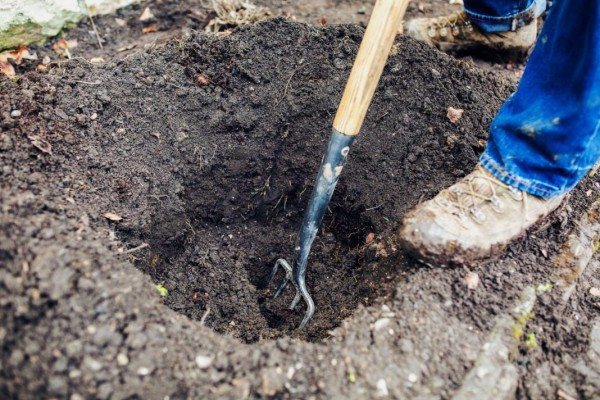

Preparing the soil and planting pit
Before proceeding with planting, it is necessary to prepare the land on the site. The soil for planting should be prepared in advance so that all the components are mixed: if you plan to plant in the fall, then in about one month, and if in the spring, then you need to prepare the substrate in the fall.
To prepare the ground on the site for planting roses, you should dig up the soil very well and then fertilize it. To fertilize the soil, add a kilogram of manure and a tablespoon of mineral fertilizer that is suitable for flowers. It should be applied under each bush. And with a light substrate, you can pour about 25-30 grams of ash under the bushes.
By the way! To fence off the plant roots from unwanted rot, you can put a couple of glyocladin tablets in the planting pit, and a heteroauxin tablet to stimulate growth to a depth of about ten centimeters.
What depth to plant
The width of the planting pit should be about 50 centimeters on average. But the depth of the pit for planting roses in the spring must be chosen based on the type of soil: if the soil is loamy, then it is necessary to increase the length of the planting pit by 15 centimeters to the length of the plant roots, but with heavy clay soil, the pit should be made at a depth of about 60-70 centimeters. It is advisable to pour humus or compost on the bottom, which must be pre-mixed with a tablespoon of ash, and it is also necessary to pour a little substrate from the fertile topsoil on top.
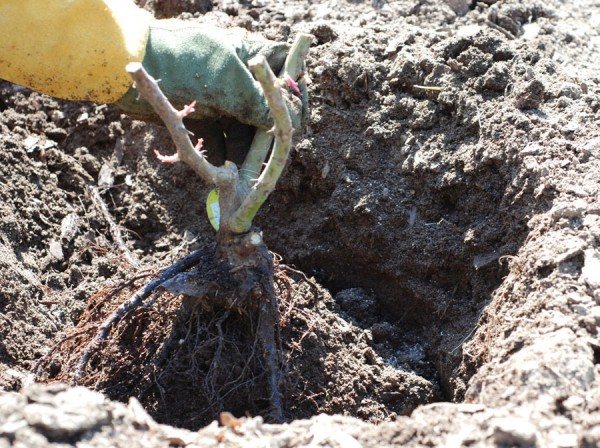

Important! The width and depth of the planting hole should be such that the roots of the flower are freely located in the hole.
Landing
After completing all the above manipulations, you can proceed to direct planting. In this matter, a step-by-step instruction on the correct planting of roses in spring in open ground will help you:
- The first step is to dip the roots of the seedlings in a special clay solution. The solution is prepared as follows: 10 liters of clay mash are mixed with six tablets of phosphorobacterin, previously dissolved in a liter of water.
- After that, carefully place the roots of the seedlings on an elevation in the planting hole, be sure to straighten the roots so that they are located normally.
- Then fill the seedling hole with soil and deepen the rose grafting site by about 3-7 centimeters. It is also necessary, when planting at home, to lightly compact the substrate near the seedling (this action will help protect the root collar from temperature surges).
- After planting flowers in the garden, you need to water the plant. To do this, you can use simple clean water or a mixture prepared for treating the roots of the plant. But in this matter, it is important to avoid getting moisture on the shoots of the plant in order to avoid sunburn.
Note! With generous watering, the grafting site may appear, so this place should be sprinkled with earth without fail.
- After planting, pruning should be carried out, in which you need to leave at least two buds on each shoot. At the end of the pruning, you need to lubricate the cuts with garden varnish.
- The last step of the spring event is mulching. Dry soil, humus, compost can be used as a mulching material.
Important! After planting, it is necessary to shade the plant for ten days.
Basic rules for the preparation and planting of rose seedlings
Equipping a new flower garden in your garden or renovating an existing one is a process that requires some knowledge and skills. Measures for the pre-planting preparation of seedlings have been tested in practice and approved by leading growers, in the positive results of which you can see for yourself.


- dip a rose seedling with a root system in a previously prepared disinfecting and nutritious clay mash (the consistency of liquid sour cream), consisting of 10 liters of water, into which a solution of six tablets of phosphorbacterin, separately dissolved in 1 liter of water, is poured;
- make a small elevation from the fertile layer in the planting pit and place the rhizome of the rose seedling on it and, holding it in an upright position, carefully distribute its roots over the mound;
- in such an ideal position, while continuing to support the seedling, fill it with soil along the neck, deepening the grafting site 4-7 centimeters below the level of the compacted soil;
- having finished filling the hole with the planted rose bush, the soil in the near-stem circle of the plant must be tamped in order to protect the root collar of the seedling from temperature fluctuations and excessive weathering of moisture;
- it remains to water the properly planted rose bush, without dousing the shoots in order to avoid sunburn from drops of water turning into "lenses", simply with water, including the aqueous solution left after soaking the seedlings;
- in any case, and especially when it is exposed higher than it should be, mulch the stem circle with ordinary garden soil or a mixture of it with compost or humus.
Correct preparation and planting of the rose is followed by the correct pruning of the upper part of the seedlings. As a result of pruning the branches of the bush with a sharp and clean pruner, taking into account that at least two well-developed buds are left on each shoot, it is required to process the cut sites with garden pitch or other means intended for caring for the "wounds" of garden plants.
For your information! It is necessary to complete the flawless planting of rose seedlings with a protective device from direct sunlight in order to avoid unwanted and dangerous burns of a defenseless plant for a period of at least 10-12 days, which must be freed from a "walking" way, that is, at intervals to open and return the "umbrella" from sun.
Features of planting of different varieties
Planting a plant will definitely be successful if you take into account the peculiarities of the species that you plant in the garden. Below you will find recommendations and schemes for planting popular types of flowers.
Floribunda
- When planting floribunda roses in spring in open ground, there should be a distance of 30-40 centimeters between the bushes, and a distance of about 60-90 centimeters should be made between the rows.
- For spring planting in open ground, it is optimal to deepen the grafting site by 3-8 centimeters.
- Experienced growers who have extensive experience in caring for floribunda roses are advised to leave three to four buds when pruning.


Climbing roses
- When planting climbing (climbing) roses in the open field in the spring, you must carefully consider the distance between the seedlings - one or one and a half meters.
- The grafting site of the seedling should be deepened by eight or ten centimeters.
- When planting a climbing rose, you should not cut off the seedlings, you can only update the cuts.
- The spring planting of a climbing rose is recommended to be carried out next to any support (for example, a wall, column, arch, trellis, etc.). This action will help the plant grow beautifully and luxuriantly, and the grower will facilitate future care.
- The distance between the plant and the support should be about 30 centimeters.


Important! After the branches of the plant have grown, they must be directed towards the support, this will allow the plant to wrap around the support.
English
When planting this variety, it is recommended to follow the following pattern:
- When planting David Austin's English roses in the spring in open ground, it is necessary to deepen the graft site by five centimeters.
- The recommended distance between bushes is 1.2-2 meters.
- The plant should be pruned to five to seven buds.


Tea-hybrid
When carrying out the spring planting of this species, certain rules and recommendations should be observed, they will help not only to adapt normally to the plant in a new place, but also to facilitate subsequent care:
- When planting hybrid tea roses in the spring at home, it is necessary to deepen the graft site by three to five centimeters.
- When planting bushes in open ground in spring, one should take into account the optimal distance for the species - about 0.3-0.5 meters. It is also important to observe the recommended distance between rows - about 60-90 centimeters.
- On each shoot of the plant, it is recommended to leave two or three well-developed buds.


Groundcover
- When planting ground cover roses in spring, the optimal distance between seedlings is a distance of 0.5 to 1.5 meters (it all depends on the width of the shrub).
- As for pruning, you shouldn't do it. It is allowed only as a care, a small update of cuts of ground cover roses and the elimination of damaged branches.
- The depth of the graft site should be about five centimeters.
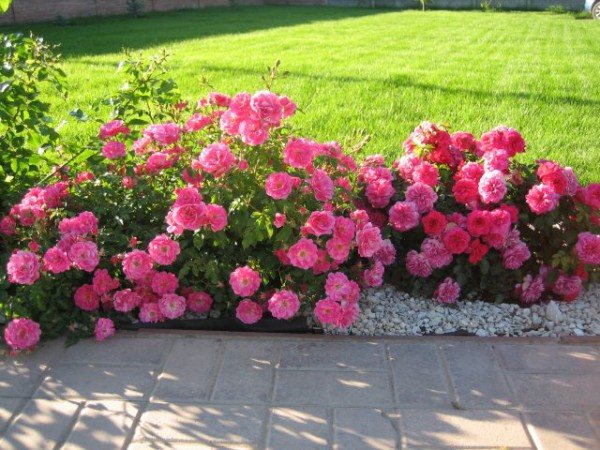

Park
When planting a park rose in spring, the following nuances should be observed:
- The gap between the bushes should be half the size of an adult plant (for example, in the description of the species it is indicated that the plant will grow up to one meter, then the distance between the bushes should be 0.5 meters).
- When planting park roses in spring in open ground, the grafting site should be deepened by five centimeters.
- When performing a garden event step by step, it is also important not to forget that when pruning, it is necessary to leave five to seven buds on the shoot.


Spring care after landing
In addition to regular watering, under cool water, you should take the naphtha from the bright rays of the sun. Sleep is covered with lutpacil (some gardeners use ordinary tulle), so that the sun does not burn young wins. Use is necessary for 2 weeks after the ride. After watering, the soil around the pink bushes is shallowly loosened, providing air access to the roots. If necessary, sprinkle with mulch. The first supplement with a complex mineral supplement or nacreous hog (100 g per water) should be carried out already in 3 weeks after the landing.
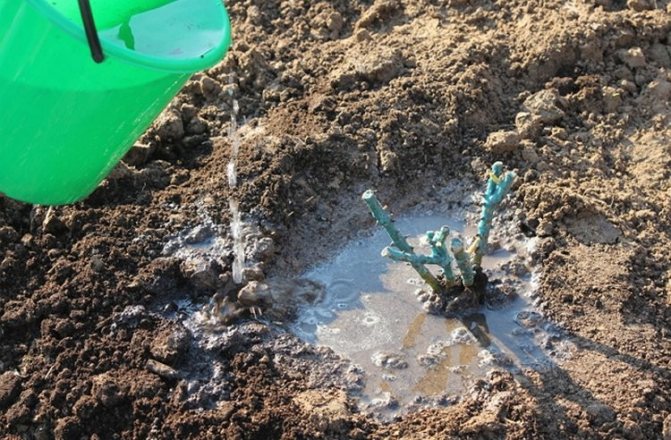

Important! Before making the device, always sprinkle the bush with clean water. The introduction of nutrient solutions into dry land is not allowed. This can lead to root system burns. In the first summer after the position of the pose, the blooming of the plant is limited. On the bush, only 1 - 2 buds are left, plucking out the rest. This measure will allow you to fall in love with flowers, and will not make young people grow up.
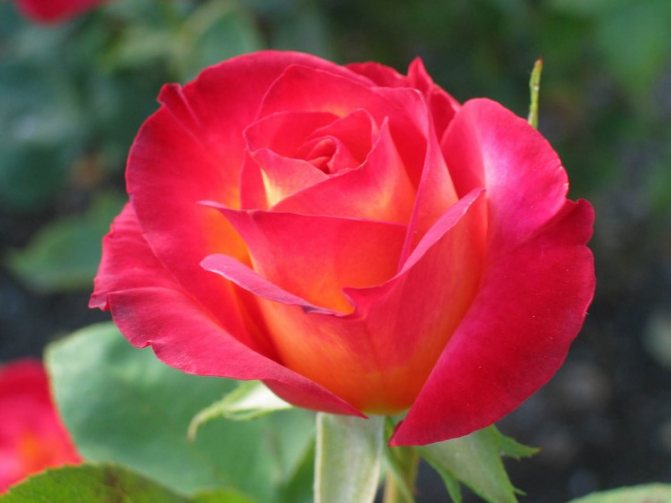

So, we reasonably come to the conclusion that planting rose seedlings is quite a feasible business, but, of course, meticulous - there are no trifles in it. For the triumph of the future beautiful rose bush, you need to work not only competently, but also with love, sparing no time and effort. There are plenty of sources of information on how to do everything right nowadays: articles in newspapers, on Internet sites, videos on YouTube, live experience of familiar practitioners who have achieved outstanding success in growing such beauty as lush and fragrant roses of various colors and shades.
Care after landing
Timely, regular and proper care in spring after planting roses in open ground is the key to normal growth, plant development and subsequent lush and beautiful flowering. This applies to all types of roses: climbing (climbing), English roses of David Austin, floribunda, hybrid tea, ground cover, park.
For quality care, you need to do the following:
- prevention of the appearance of diseases and pests;
- regular watering;
- application of dressings and fertilizers;
- shrub formation.
Mistakes in caring for roses after planting at home are especially relevant for novice florists. To avoid this, beginners should know in detail how to perform garden manipulations in the spring at their summer cottage.
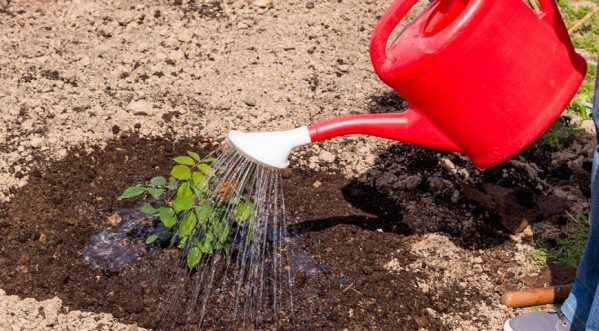

Watering
Regular watering is vital for roses after planting. For irrigation, use settled water with a temperature of 20 to 30 degrees. It is recommended to add life-giving moisture daily. But after a while, watering can be reduced to once a week.
Advice! Watering after planting is recommended in the morning or evening.
Loosening
Loosening is an important part of caring for roses after planting at home. The procedure improves the moisture and air permeability of the soil, prevents the growth of weeds. Experienced growers recommend loosening the soil after watering, since this will prevent the formation of a crust, which interferes with the flow of oxygen to the roots of the plant.
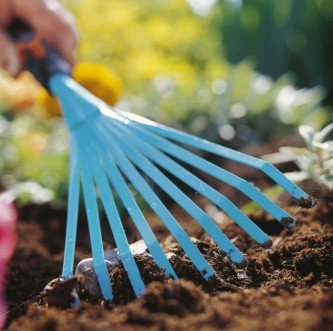

Mulching
Mulching helps to retain moisture in the soil, which avoids moisture deficits and reduces the amount of watering.
Fertilizer
If you have applied any fertilizers when planting garden roses in a planting hole, then you do not need to feed the plant in the first year. If the land is scarce and there is a risk of a deficiency of nutrients, then top dressing is necessary. They will stimulate normal growth and flowering.
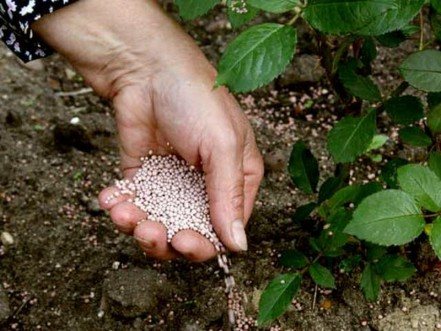

Disease and pest control
Diseases and pests can do great harm to any plant. To save recently planted beauties, you can use folk remedies. For example, plant plants with a characteristic smell next to the rose garden - onions, sage, marigolds, treat with wood ash or infusion of yarrow, onions, calendula, garlic.


Landing features in different regions
Climatic conditions differ in different regions of your large country. They determine the peculiarities of planting schemes for various plants, flowers, trees, and the rose is no exception. There are certain nuances that must be observed when planting a plant in different regions.
Middle lane (including Moscow region)
The rooting site should be sheltered from cold winds, but there should be no obstruction to air circulation. It is not recommended to plant in high places.
Siberia, Ural, Leningrad region
Spring in Siberia, in the Urals, in the Leningrad region comes late and in general there are not very many sunny days in the year, therefore it is recommended to plant rose bushes on the southern side of the site. And since there is often a strong wind in these parts, it is important to protect the plant from them. For this, protection is needed: on the north, north-east and north-west sides there should be any buildings, hedges, but they should not be too close and cast a shadow.
Important! Although it is important to protect shrubs from cold winds, the normal circulation of fresh air should not be impeded. Therefore, any buildings should not be too close.
Also, for planting plants in Siberia and the Urals, it is recommended to choose elevations, since in such areas the land freezes less. Thanks to this, the roots of flowers will wake up faster and they will be protected from excessive moisture. As for the timing, it is best to hold the event in mid-May.
Due to the observance of such planting features, it is possible to successfully grow a plant in Siberia and the Urals. But it is important not to forget about regular grooming.
How to plant a rose from a bouquet at home?
Many will be surprised, they say, why make so much effort if you can just buy ready-made cuttings in gardening stores and just plant them in the ground.
To begin with, there is no guarantee that the store rose will take root on the site.
The bushes presented for sale are grown in special conditions, where a special composition of the soil is selected for them, stimulants and various dressings are used, having lost which the plant begins to hurt and dies.
Of course, this is not always the case, but nevertheless there is more confidence in self-grown.
The second “pros” is the desire to have on the site exactly the rose that was presented as a gift in a bouquet.
And the price, of course, matters. Self-cultivation is many times more economical.
Some are afraid to take on this business, believing that they will not cope with the difficulties, that it is necessary to have some experience to grow roses.
However, even a beginner is able to master the task, especially since further we will consider in detail the most effective ways to grow roses from a bouquet.

